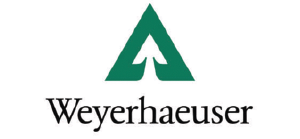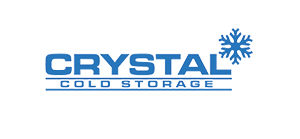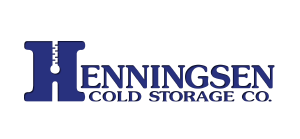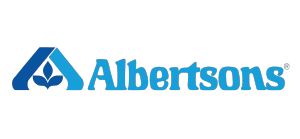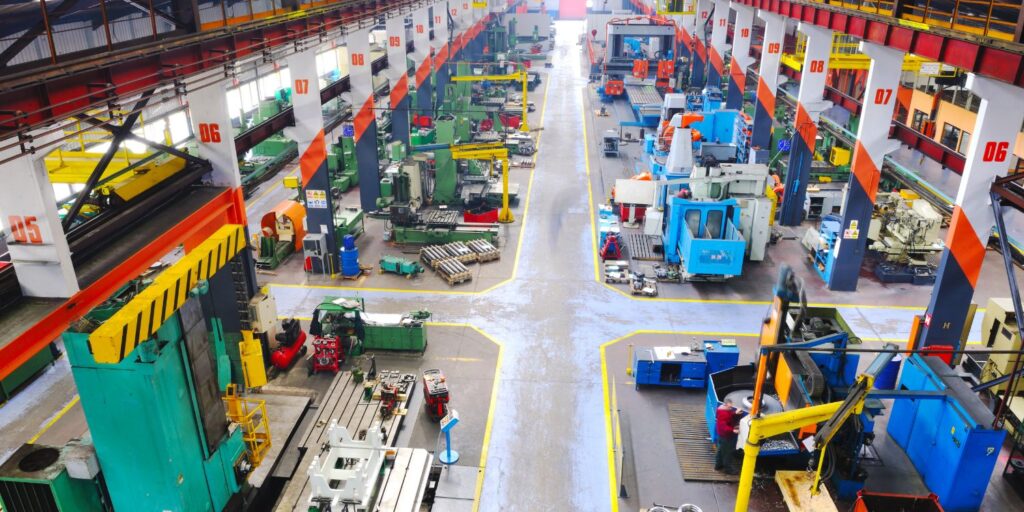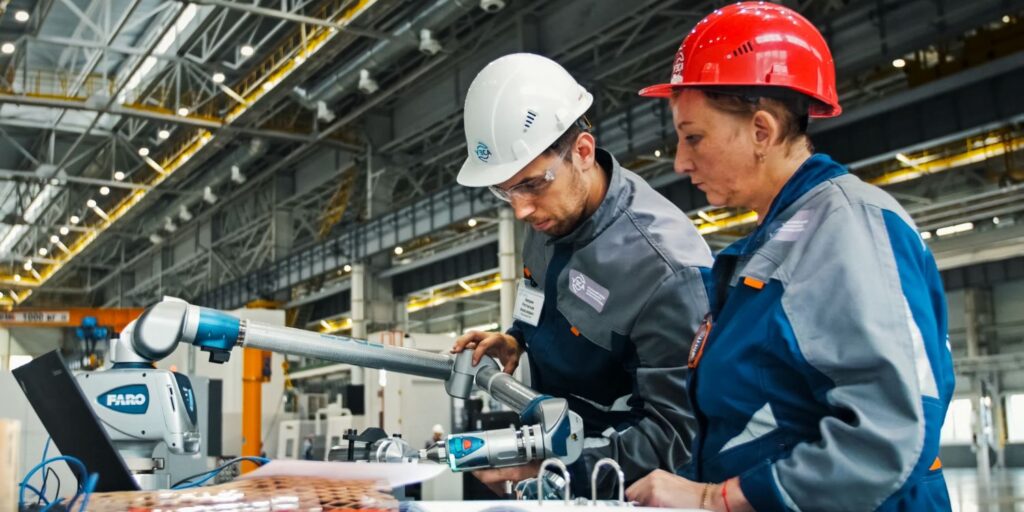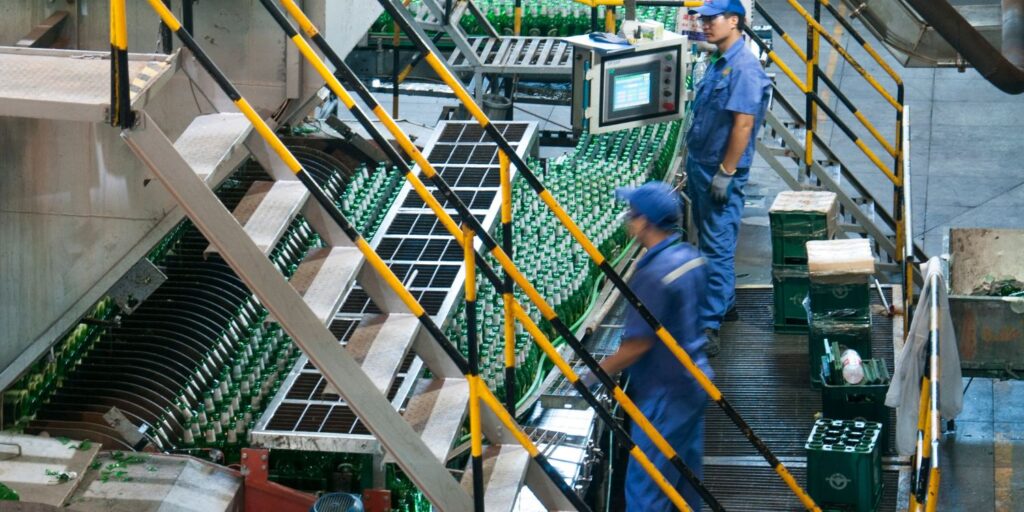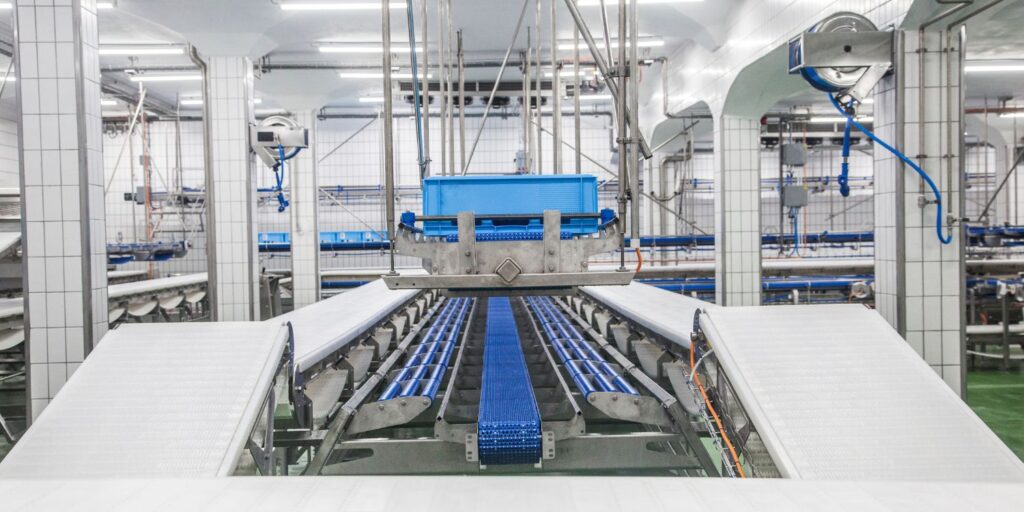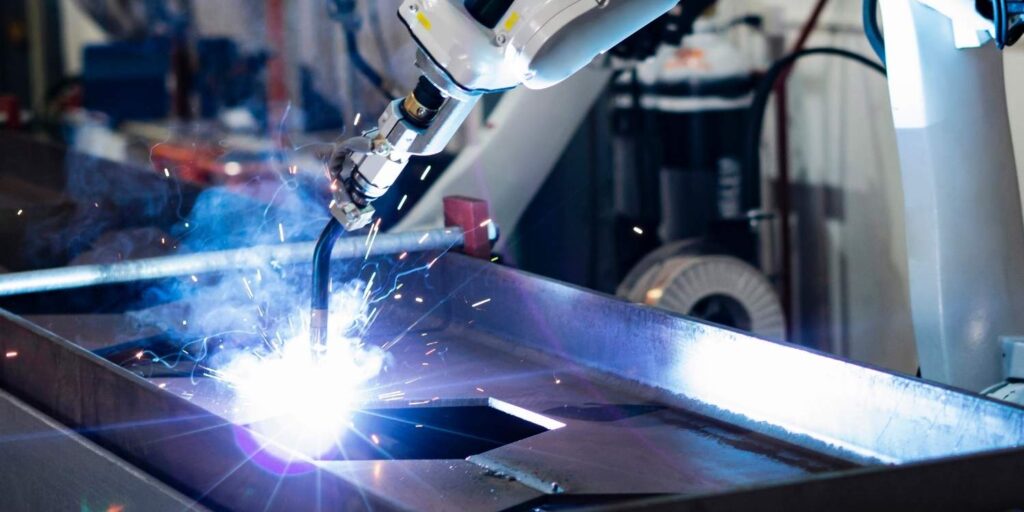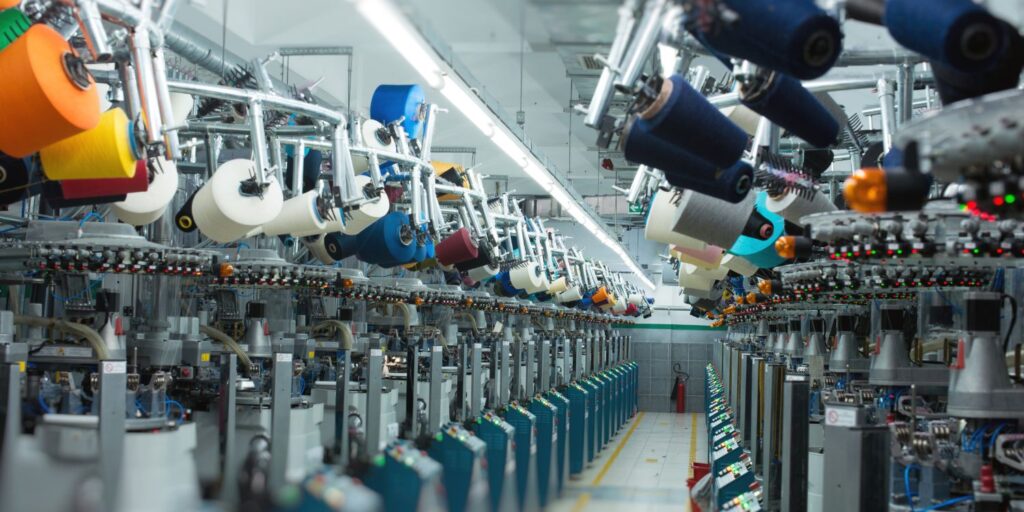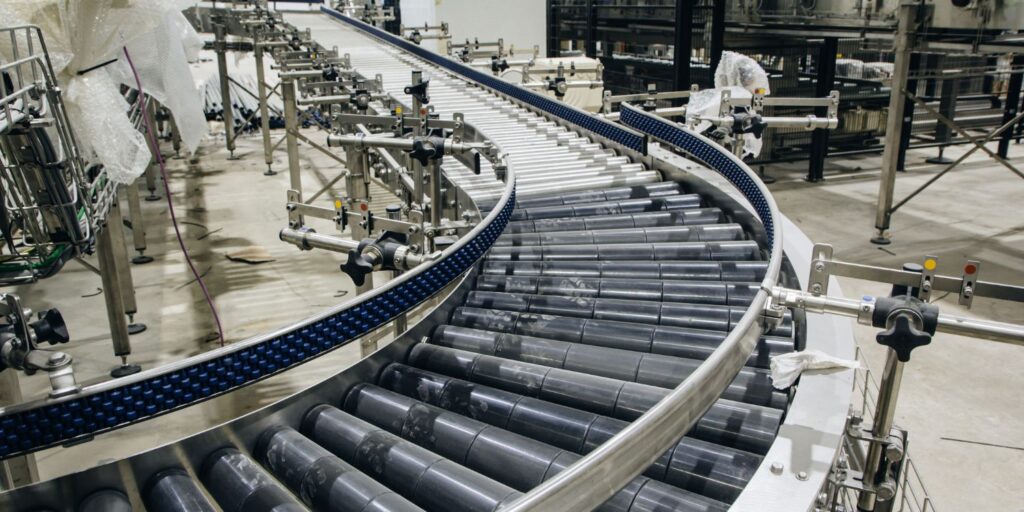Facility performance evaluations (FPEs) are critical tools for ensuring that buildings operate efficiently, safely, and sustainably. These evaluations provide a comprehensive analysis of a facility’s performance, identifying areas for improvement that can lead to significant benefits in terms of cost savings, regulatory compliance, and user satisfaction. Conducting regular facility performance evaluations contributes to better facility management.
Understanding Facility Performance Evaluations
A facility performance evaluation is a systematic process that assesses various aspects of a building’s operations. These evaluations cover a wide range of factors, including energy efficiency, operational effectiveness, and the overall user experience. By examining these components, FPEs provide a holistic view of a building’s performance and highlight specific areas where improvements can be made.
Key Goals of Facility Performance Evaluations
Energy Efficiency
One of the primary goals of facility performance evaluations is to identify and mitigate energy wastage. Through energy audits and detailed inspections, FPEs uncover building inefficiencies in areas including HVAC systems, lighting, and insulation. By addressing these issues, facilities can significantly reduce their energy consumption, leading to lower utility bills and a smaller carbon footprint.
Operational Cost Reduction
FPEs help in reducing operational costs by identifying inefficiencies and recommending cost-effective solutions. For example, regular maintenance of critical equipment like HVAC systems and fire suppression systems can prevent costly breakdowns and extend the lifespan of the equipment. By maintaining healthy equipment, facilities can avoid expensive repairs, reduce downtime, and ensure smooth operations. Preventive maintenance plans customized to specific equipment needs are often developed during FPEs, promoting long-term cost savings.
Safety and Compliance
Ensuring that facilities meet all relevant safety standards and regulatory requirements is another crucial goal of FPEs. Evaluations can reveal compliance issues that need addressing, such as fire safety deficiencies, structural weaknesses, or inadequate emergency exits. By proactively identifying and resolving these issues, facilities can maintain a safe and secure environment for occupants, avoiding potential fines and legal problems.
Enhancing User Experience
Improving the comfort and satisfaction of building occupants is a key focus of FPEs. These evaluations assess factors like indoor air quality, lighting, and thermal comfort, identifying areas where the user experience can be enhanced. For instance, optimizing ventilation systems and improving lighting quality can create a more comfortable and productive environment for occupants. Enhanced occupant comfort not only boosts productivity but also contributes to higher tenant retention rates in commercial properties.
Sustainability
Facility performance evaluations also focus on promoting sustainable practices. Reducing the environmental impact of a facility is not only beneficial for the planet but also makes good business sense. FPEs identify opportunities for sustainability improvements, such as waste reduction, energy optimization, and the use of renewable resources. By embracing sustainable practices, facilities can lower their operational costs, meet regulatory requirements, and enhance their reputation as environmentally responsible entities.
The Building Evaluation Process
The process of conducting a facility performance evaluation typically begins with an initial assessment, where evaluators gather data and understand the specific needs and concerns of the facility. This is followed by a detailed on-site inspection, utilizing advanced tools and technologies like thermal imaging cameras and air quality sensors to gather precise data.
During the inspection, various performance tests are conducted to assess the efficiency of systems such as HVAC, lighting, and insulation. The collected data is then analyzed to identify inefficiencies and areas for improvement. The evaluators generate a comprehensive report that summarizes the findings and includes actionable recommendations for enhancing facility performance.
Tools and Technologies Used in FPEs
Thermal Imaging
Thermal imaging cameras are used to detect heat loss and identify insulation issues. These cameras visualize temperature differences on surfaces, making it easier to spot areas where energy is being wasted.
Energy Monitoring Systems
Energy monitoring systems track and analyze energy usage in real time, providing detailed insights into how energy is consumed throughout the facility. This information helps pinpoint specific areas where efficiency can be improved.
Air Quality Sensors
Monitoring indoor air quality is crucial for ensuring a healthy environment for occupants. Air quality sensors detect pollutants and measure parameters such as CO2 levels, humidity, and temperature, helping to maintain optimal indoor conditions.
Regular Building Performance Evaluations are Essential
Regular facility performance evaluations should be integrated into the overall maintenance and management strategy of a building. Ongoing assessments ensure that the facility continues to operate efficiently and that any emerging issues are promptly addressed. This proactive approach helps maintain optimal performance, prevent costly repairs, and extend the lifespan of building systems.
Facility performance evaluations are essential for enhancing efficiency, reducing operational costs, ensuring safety and compliance, and promoting sustainability. By leveraging advanced tools and technologies, these evaluations provide comprehensive insights that help facility managers make informed decisions. Regular FPEs are a critical component of effective facility management, ensuring that buildings remain efficient, safe, and sustainable.
For comprehensive building survey and evaluation services, trust Crow Engineering. Our team of experienced professionals uses cutting-edge technology to deliver precise and reliable results. Contact us to learn more about the many benefits of facility performance evaluations.
Who are we?
Crow Engineering is a multi-discipline consulting engineering firm serving mechanical, structural, and civil engineering needs for a variety of industries.
Engineering Services
the crow connection
Recent News
The Crow Connection delivers high-level insights on engineering, automation, and process optimization, helping you drive efficiency and innovation. Covering topics like AI-powered automation, manufacturing strategies, and industrial process improvements, it’s a must-read for leaders seeking a competitive edge.

